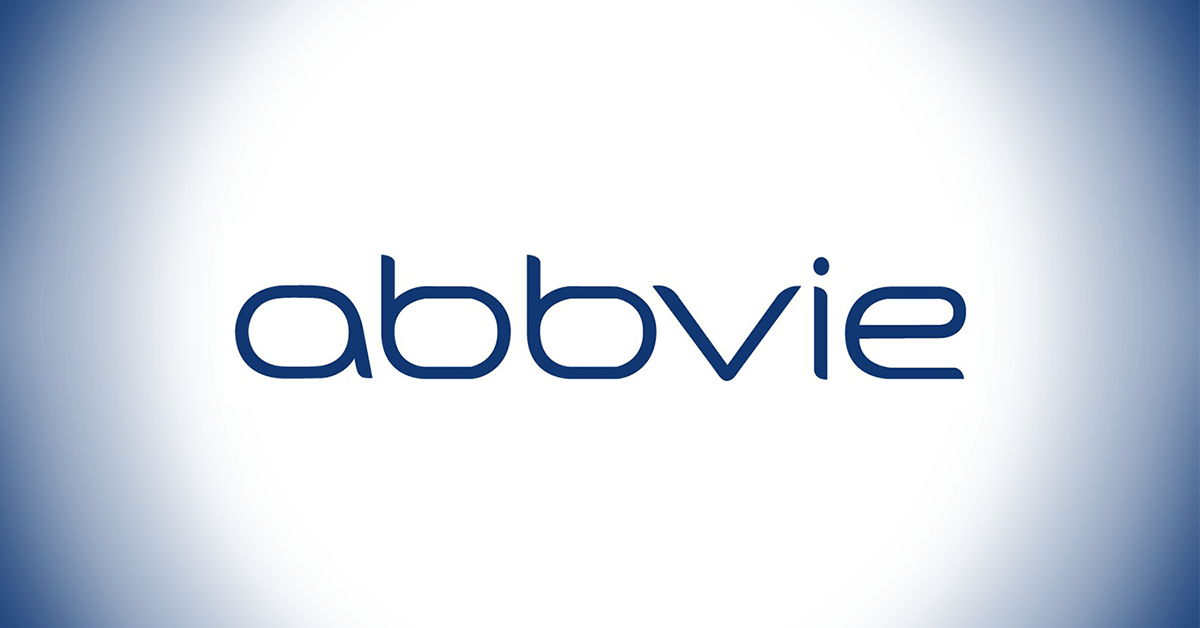AbbVie Regroups after FDA Issues Complete Response Letter Rejecting Abicipar Pegol

Weeks after completing its acquisition of Allergan, AbbVie is seeking a meeting with the US Food and Drug Administration to talk about the next steps for abicipar pegol, the investigational wet age-related macular degeneration (AMD) treatment for which the agency issued a negative Complete Response Letter (CRL).
“This was not the outcome we were expecting, and we are committed to working with the FDA to determine potential next steps for abicipar pegol,” a company spokesperson told OIS Weekly.
Said Michael R. Robinson, MD, AbbVie’s Vice President, Global Therapeutic Area Head, Ophthalmology: “We continue to believe in the need for treatment options that provide patients with reliable vision gains and less frequent dosing for the treatment of neovascular AMD.”
Abicipar pegol is a novel, investigational, designed ankyrin repeat protein (DARPin) therapy for neovascular AMD that Allergan had been developing in partnership with Molecular Partners. It’s one of the drug candidates AbbVie hoped would be approved after the $63 billion purchase of Allergan. It’s seen as a possible alternative to Eylea (aflibercept, Bayer/Regeneron) and Lucentis (ranibizumab, Roche/Genentech) with potentially less-frequent dosing.
The CRL indicates that the rate of intraocular inflammation observed following administration of abicipar pegol 2mg/0.05 mL results in an unfavorable benefit-risk ratio for treatment of nAMD.
In the SEQUOIA and CEDAR Phase III clinical trials, 15.1% to 15.7% of patients had incidence of intraocular inflammation events, compared with 0% to 0.6% of patients treated with Lucentis.
Previous Safety Issue
This is not the first instance of inflammation sidetracking a drug intended for the treatment of wet AMD. A recent editorial in the American Journal of Ophthalmology addressed reports of severe uveitis and occlusive retinal vasculitis linked to Novartis’ Beovu (brolucizumab).1 The editorial’s authors noted they’ve stopped using Beovu and suggested a moratorium should be imposed on its use until further investigations are concluded. “Our patients have alternatives without incurring this risk,” they stated.
With doctors opting for alternatives that don’t have the level of associated inflammation, and the abicipar pegol CRL citing an “unfavorable benefit-risk ratio,” the question becomes how much did the Beovu decision have to do with the FDA’s CRL for abicipar pegol, and does it indicate a trend for future Biologic License Applications in this area?
Novartis has worked with the FDA to update the label and prescribing information for Beovu, “to include additional safety information regarding retinal vasculitis and retinal vascular occlusion.” The company also convened a team to collaborate with top global external experts to examine the root causes, potential risk factors, and mitigation of the adverse events that have been seen.
Financially Speaking
Brian Orelli, PhD, at The Motley Fool said abicipar pegol was intended to be a growth driver from AbbVie’s acquisition of Allergan, and that the potential for an alternative to Eylea, which generated $4.6 billion in US sales last year, is substantial.
“At this point, AbbVie’s best hope might be to try to get the drug approved for patients with advanced cases of the disease, where the risk of having inflammation would be more justified given that the risk of doing nothing would eventually result in blindness,” Dr. Orelli said. He added that investors “appear to be shaking off the news,” with shares down just 1% on the day the news of the CRL was announced. This was less than the decline in the broader markets.
Ben Adams, of Fierce BioTech, said, “It’s a bigger hit for Molecular Partners, which penned a pact with Allergan for the drug all the way back in 2011, with around $1.5 billion in biobucks wedded to the deal. The Swiss biotech saw its shares plummet 40%.” He said the company will hope to have better luck with its COVID-19 drug, currently in early testing, which also uses its DARPin technology, along with its 2018 Amgen cancer drug collaboration.
DARPin Technology
According to company info, DARPin molecules are derived from naturally occurring binding proteins that consist of repeat sequences with capping structures at each end of the protein. They have three key properties that make them an important investigational class of binding protein for researchers: high binding affinity, low molecular weight, and customizable applications.
Reference
1. Rosenfeld PJ, Browning DJ. Is this a 737 Max moment for brolucizumab? Am J Ophthalmol. 2020. [In press] https://www.ajo.com/article/S0002-9394(20)30242-7/fulltext.
